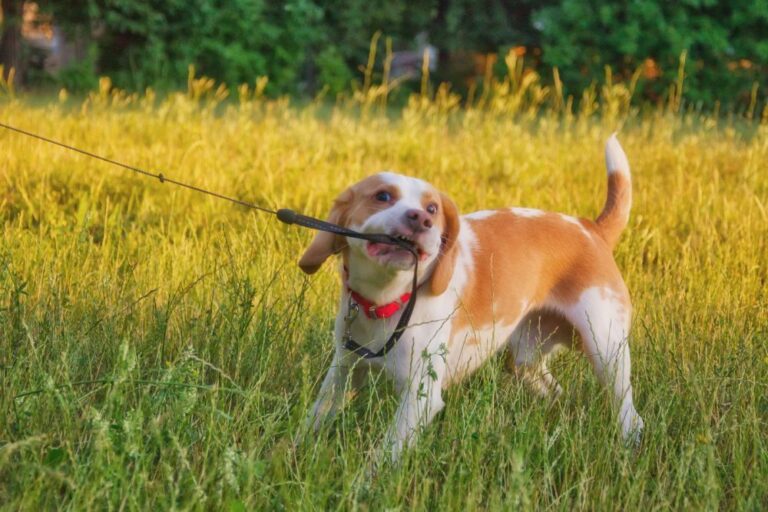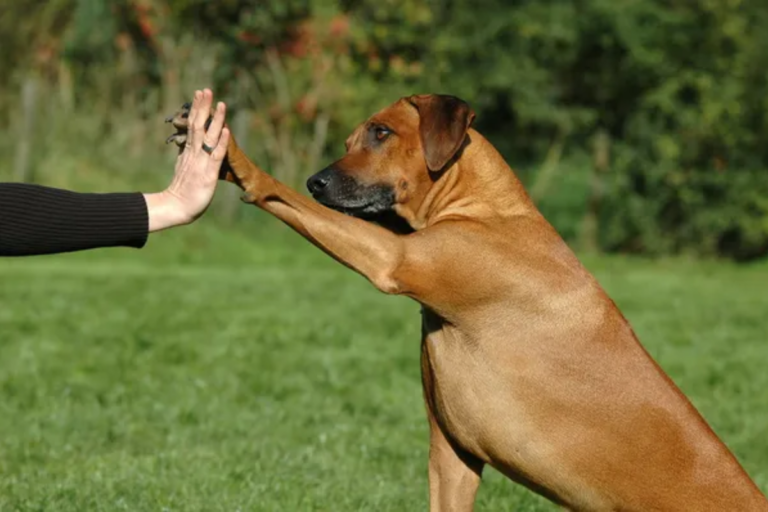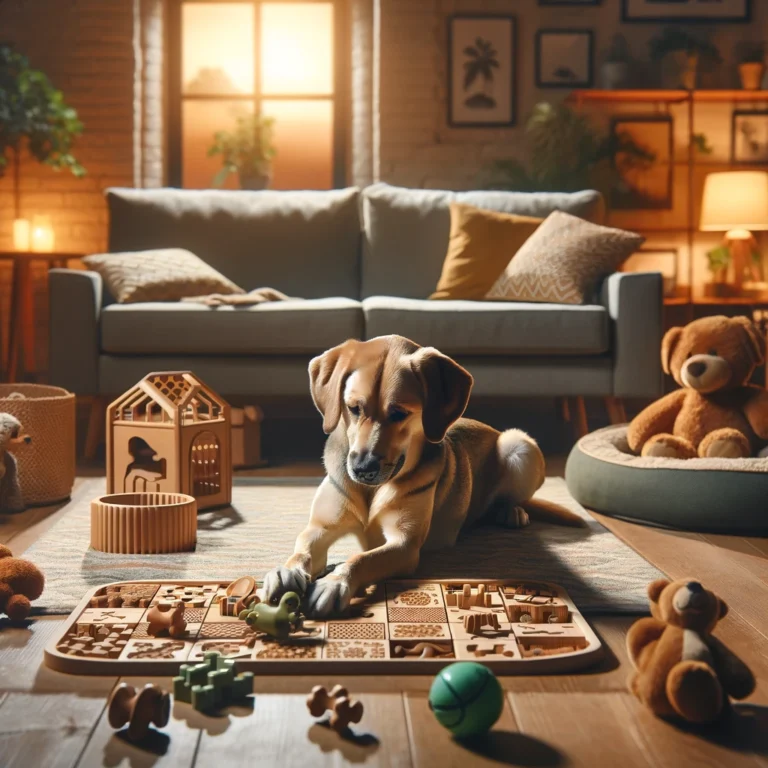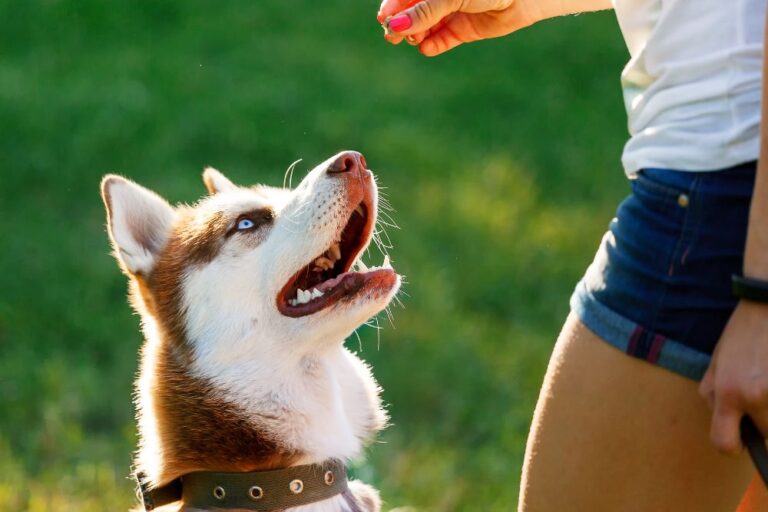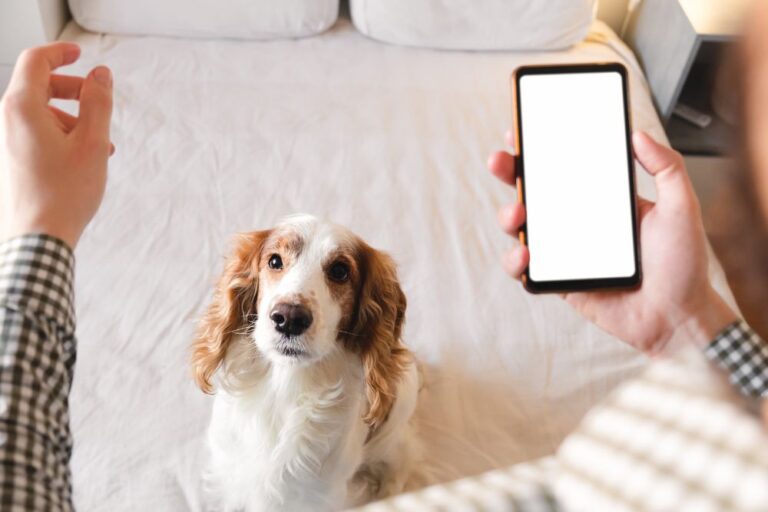How to Build Your Dog’s Confidence through Training: A Guide to Helping Your Pup Shine
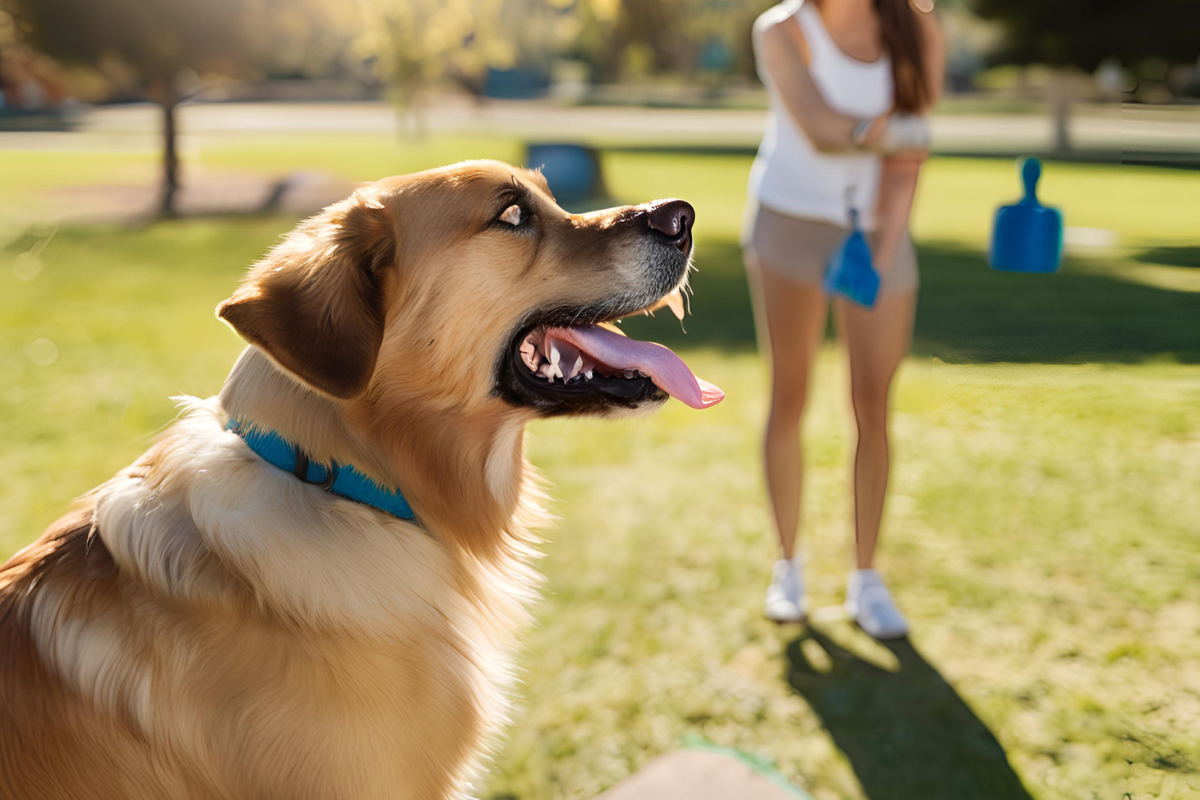
Unleash Your Dog’s Inner Superhero with Confidence-Boosting Tips
Have you ever met a person with such a dog; confident, proud, well-built, with a wagging tail ready to conquer the world? However, this is not the case with all dogs and the good news is that you can actually help correct this during dog training.
Everyone from timid to the dogs which just requires some aid in boosting up, training can really affect them in a positive way. Now that we have covered the importance of proper posture let’s see how to ensure that your pup stands tall!
What Does a Confident Dog Look Like? (Hint: It’s Not Just Tail Wagging!)
Confidence in the dog indicates a feeling of security in relation to their surroundings, comfortable in handling new situations and easily regaining composure after feeling threatened. They can’t be seen as fearless but they have the ability to tackle issues without getting scared.
Confidence is their feeling of security, belonging and competence in all the activities that you as a trainer may enamor on him/her. They will look at things in a positive way instead of fear and move around with a lot of comfort when encountering new things.
Why a Boost in Confidence Can Turn Your Dog Into a Happy Pup
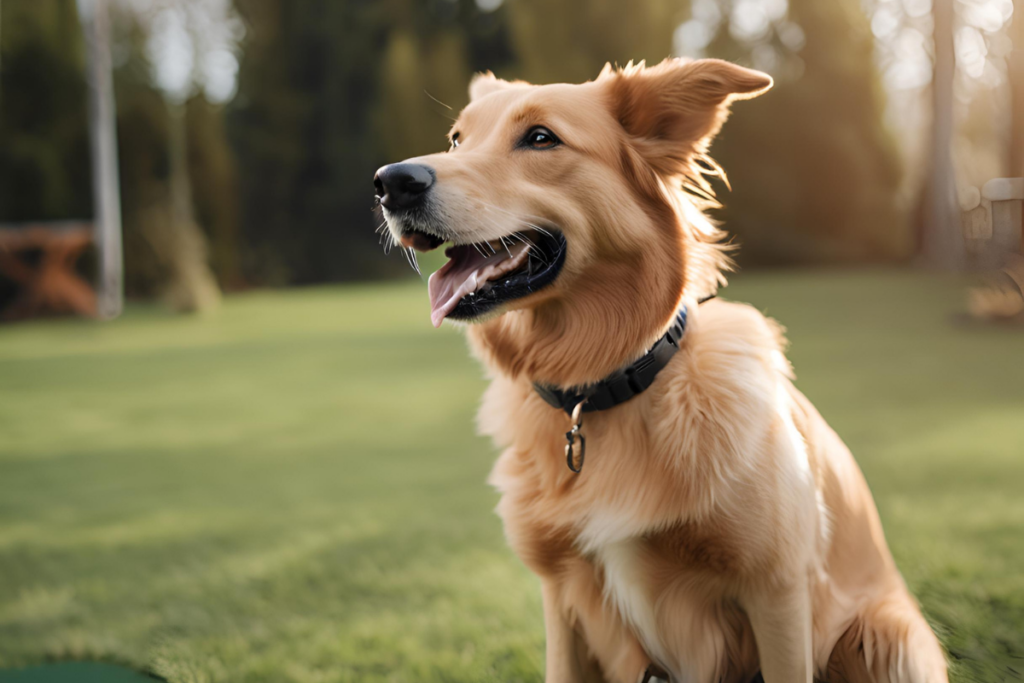
It is the same with dogs; those with confidence enjoy better life pursuits than dogs without it. A confident dog will always take minor changes well, manage stress better and be more inclined towards healthy activities.
Nervous dogs may have difficulty in new surroundings, become frightened of persons or other animals or even develop undesirable things such as growling and vocalization. Socialization of dogs is beneficial to the dogs and the improvement of the happy relationship that is shared between the dog and the owner.
Confident or Cautious? Spotting the Signs in Your Dog
To avoid being overwhelmed by your fearful dog it is important to appreciate when your dog is merely displaying confidence and when he or she truly needs help.
- Confident Dogs: These dogs have little to no signs of nervousness, excessive panting, lip licking, and trembling, raise their tails and demonstrate excitement or interested behaviors towards new stimuli. Typically, they can’t help wagging their tail, they are curious and do not get frightened easily.
- Insecure Dogs: Such pups may freeze, look at the ground or even have their tails tucked between their legs when faced with such events. He or she could be excessively self-conscious or get frightened with change in environment or new characters.
Confidence Boosting 101: 5 Tips to Help Your Dog Feel Like a Superstar
- Positive Reinforcement: Encourage your dog in his challenges! If they are aggressive and seem to be ready to attack an object, person, or an animal, it is advisable to reward them if they remain calm around the object, person or animal with praise, treats or a toy. This makes them develop trust and confidence in me whom they later address as their teacher.
- Set Achievable Goals: Superb advice when trying to change a corporate culture! Begin with the basics. Make sure your dog is not pressured by introducing him/her to new conditions slowly. When starting to work on a new surface or when encountering a new dog, be small and slow. Success breeds confidence!
- Encourage Exploration: Let your dog explore and move around, and even sniff around at their own free will. Exploration generates curiosity which in turn adds up to confidence in the long run. It will be appropriate for them to lead you during the walks to new smells and new objects.
- Use Training Games: Appoint training that is of challenging nature but looks more like playing to your dog. Games such as obstacle courses, hide and seek with treats or even teaching it new tricks is likely to increase its confidence because he or she is likely to perceive success.
- Socialize Your Dog Slowly: Socialize your dog to as many people, animals, and terrains, but remember to do it as per your dog’s comfort. Do not give them all you know at once or they will be overwhelmed. It’s true that gentle socialization builds comfort and reduces the level of fear in an individual.
Tip: Celebrate small wins! Even a confident approach to a new toy deserves praise and a treat. Small steps lead to big progress.
Facing Fears: Turning Timid Tails Into Bold Buddies
It is also common to help your dog overcome fear and gain confidence. Those that are naturally scared or those that have been through some form of abuse will require a lot of pleasure.
Learn their signs and do not force them to go through situations that they are scared of. Additional consulting the professional in this area – a dog trainer or behaviorist would also come in handy when developing a schedule to tackle anxiety in dogs.
Tricks and Treats: How Training is Your Dog’s Self-Esteem Builder
Training does not just concern itself with getting a dog to follow commands—it even develops a dog’s morale. When he learns that he must do something by your command or learn a trick, he feels that he has done something great which in turn makes him develop the confidence part.
Positive reinforcement training particularly makes your dog feel good that they ought to be proud of what they have accomplished. Remember to reward your dog even in the most basic task such as sitting or even training him to do a trick.
Oops! Handling Setbacks Like a Pro
Confidence can be created gradually; and there can be a situation when your dog backtracks a little. Don’t get discouraged! If your dog is not comfortable in any situation that they used to be comfortable in or if suddenly they show signs of fear, the first thing you should do is to take a deep breath and repeat all that you had taught your dog.
Reward them with comforting and positive words to those acts of bravery and always ask help when necessary since every dog is different and learns at his own rates.
Tip: Stay calm and patient. If your dog has a setback, take a step back, give them time, and revisit training when they’re ready.
Routine to the Rescue: How Structure Helps Build Your Dog’s Confidence
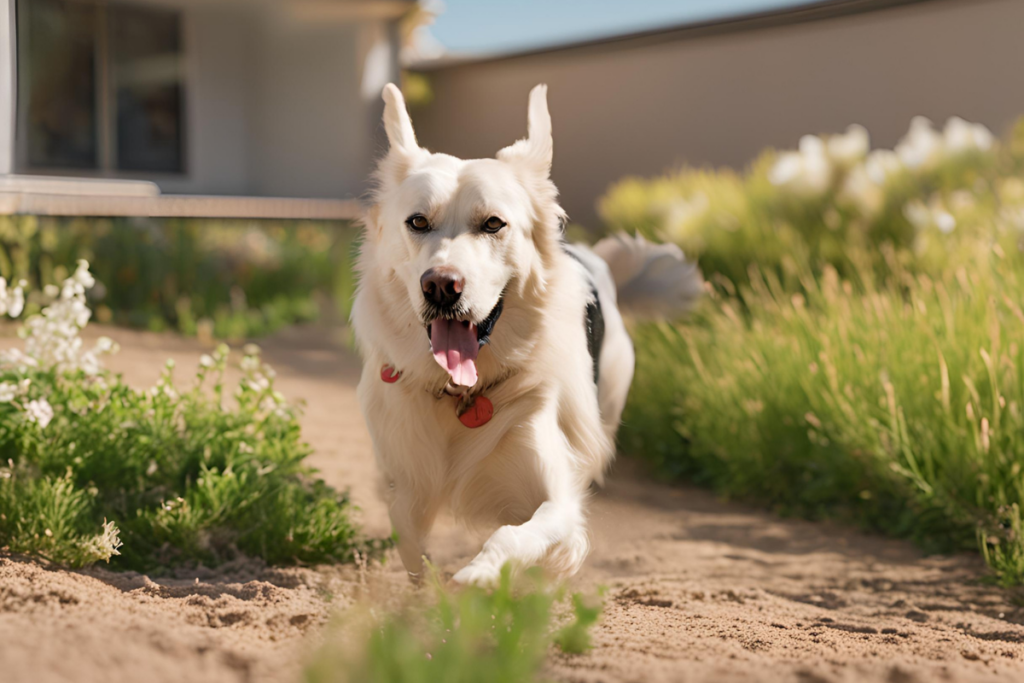
Dogs thrive on routine. This way, your dog becomes assured that every time he expects something to happen, it will definitely happen and in the process, he can lose his anxiety. Ensure that your pet follows its usual feedings, playtime and periods for walking. A routinized lifestyle engulfs people with predictability which can be perceived as a form of courage.
High Paws to You! Helping Your Dog Shine
Training your dog involves the process of making them regain or gain confidence and it is one of the most fulfilling processes you can do with your pet to build a strong bond and help him or her grow as needed.
Gradually, people should begin with the low risk and gradually increase it as they gain more confidence and outcome contingencies, what should not be forgotten is that one should break barriers in goal accomplishment and always celebrate the achievements notwithstanding how little they may be.
Confidence is made gradually in a loving environment where the person is encouraged and experiences positive events. This way regardless of whether you are training him to learn new tricks or whether you are assisting him in discovering the world around him your dog will look at you as someone to watch over them.
Now go ahead—help your dog find their inner superhero!


